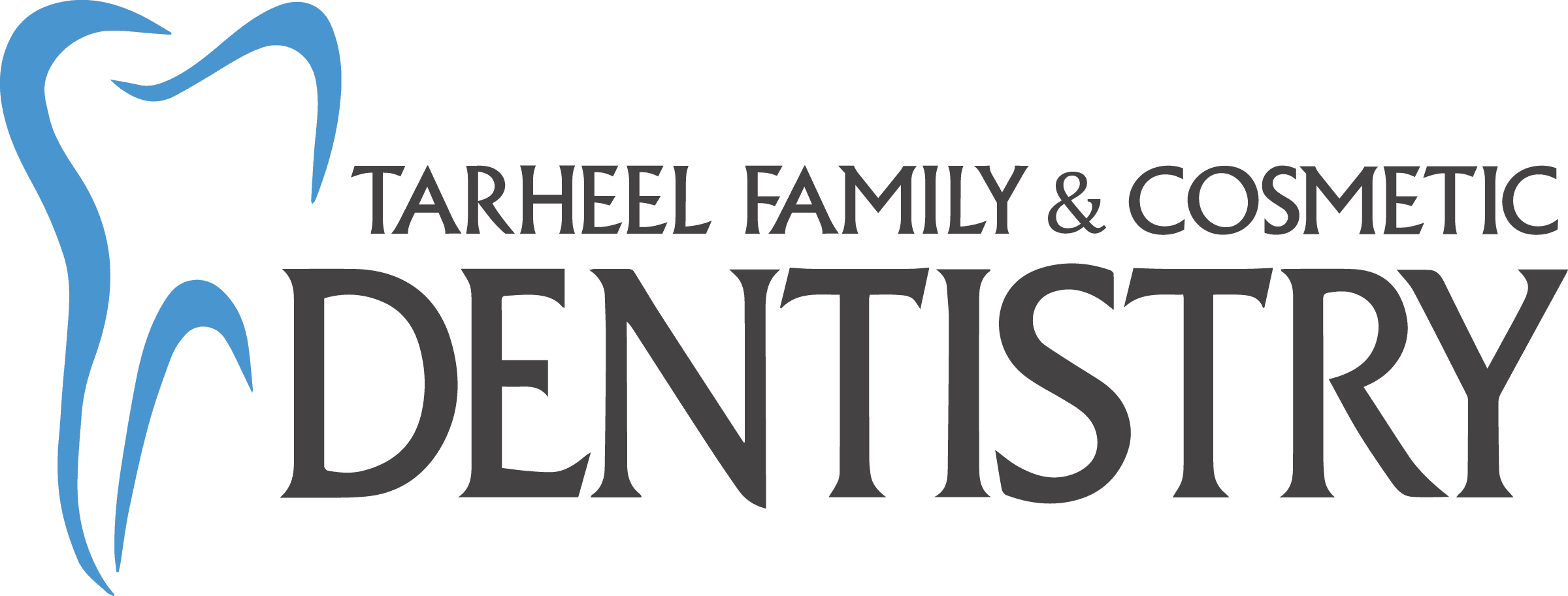Temporomandibular joint (TMJ) disorders affect the jaw joint and surrounding muscles. Patients often experience pain and discomfort. The TMJ connects the jawbone to the skull. Dysfunction in this joint can cause various symptoms. These include jaw pain, headaches, and difficulty chewing. Some patients also experience ear pain or clicking sounds. There are many options for TMJ treatment available. Left untreated, TMJ disorders can lead to chronic pain. They can also cause long-term damage to the jaw joint.

Traditional TMJ Treatments
Dentists often recommend conservative treatments first. These include over-the-counter pain relievers and anti-inflammatory medications. These can help reduce pain and inflammation. Patients may also benefit from physical therapy. This can help strengthen jaw muscles and improve function. Many dentists suggest using a mouth guard. This can prevent teeth grinding at night. Mouth guards could also help align the jaw properly. In severe cases, surgery may be necessary. Many patients seek alternative treatments. One such treatment is Botox.
How Botox Treats TMJ Disorders
Botox injections could help relax the jaw muscles. This often reduces tension and alleviates pain. The treatment involves injecting Botox into specific jaw muscles. The procedure is typically quick and minimally invasive. It usually takes about 10 to 30 minutes. Patients may experience relief within a few days. The effects typically last three to four months. Regular injections may be necessary to maintain results. Botox could also reduce teeth grinding and clenching. This further alleviates TMJ symptoms. Reduced muscle activity can prevent further joint damage. Botox could also improve jaw function and mobility.
Benefits of Botox for TMJ
Botox offers several advantages for TMJ patients. It often provides significant pain relief. Many patients report improved jaw function. Botox is a non-surgical option. This makes it less invasive than other treatments. Botox also has a low risk of side effects. Most side effects are mild and temporary. These include bruising, swelling, and tenderness at the injection site. Patients often experience better sleep and less stress.
Botox can also be combined with other treatments. This includes physical therapy and oral appliances. Combining treatments can provide more comprehensive relief. Patients should discuss all options with their healthcare provider. This ensures a tailored treatment plan. Botox is also a reversible treatment. If patients do not experience relief, they can explore other options. This makes Botox a flexible choice for TMJ management.
Considerations and Risks
Botox is not suitable for everyone. Patients should consult with a qualified healthcare provider. They can determine if Botox is an appropriate treatment. Pregnant or breastfeeding women should avoid Botox. Patients with certain medical conditions may also be ineligible. These include neuromuscular disorders and allergies to Botox ingredients. It is important to discuss all medical history with a provider. This ensures safe and effective treatment.
Patients should also consider the cost of Botox. It is often an out-of-pocket expense. Insurance may not cover it. The cost can vary depending on the provider and location. Patients should discuss pricing during their consultation. Botox also requires regular maintenance. The effects are temporary and last three to four months. Patients will need follow-up injections. This can add to the overall cost.
Finding a Qualified Provider
Patients should seek treatment from a qualified healthcare provider. This ensures proper administration and safety. Providers should have experience with Botox for TMJ. At Tarheel Family and Cosmetic Dentistry, we provide a wide range of treatment options for TMJ disorders, including Botox. Contact us today to schedule a consultation and see if Botox is right for you.
